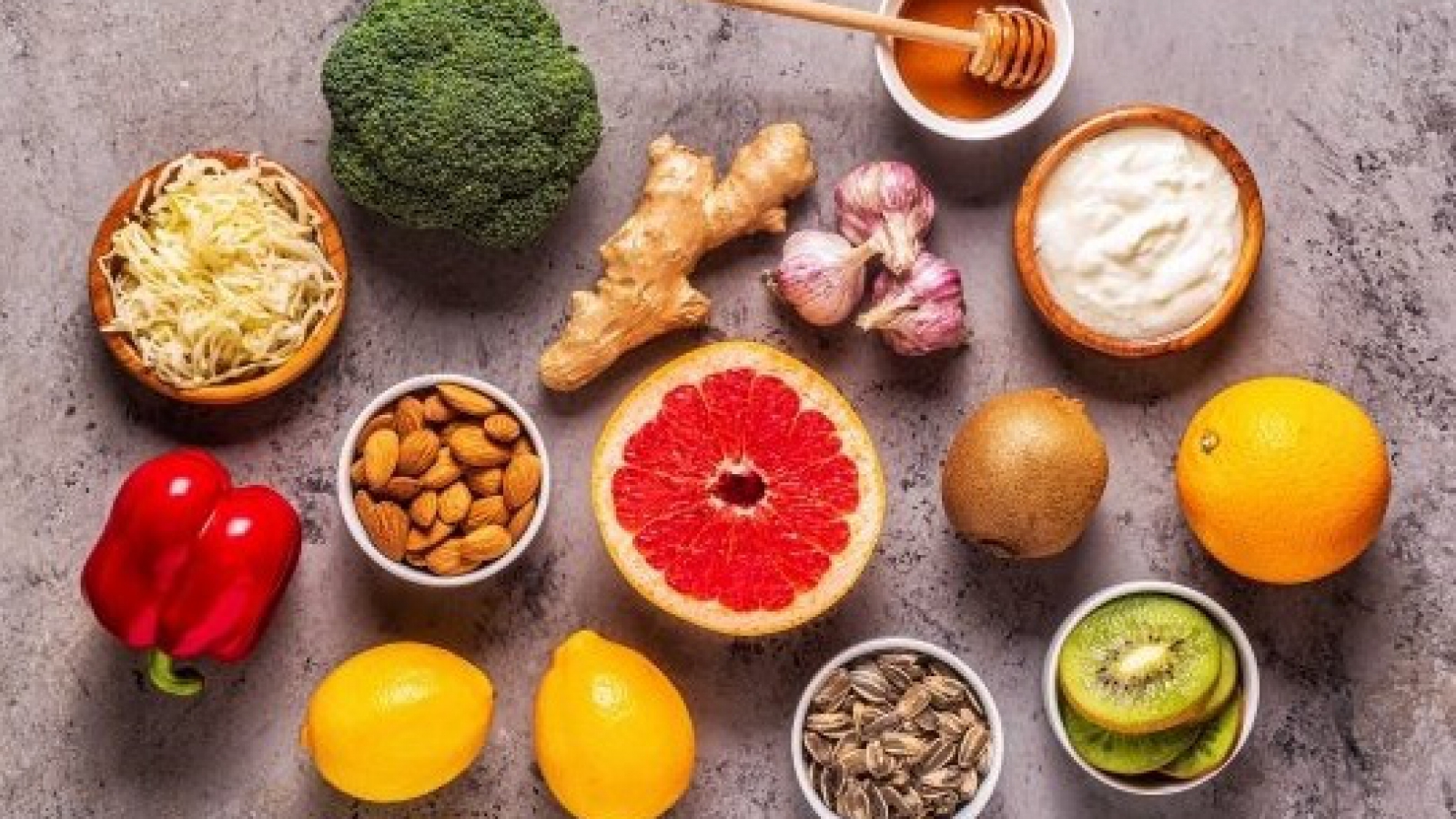Spending more time at home almost certainly means more snacking at home. But the coronavirus disease (COVID-19) outbreak is raising new concerns about our food choices. Are some snacks better —or safer— than others? Johns Hopkins All Children’s Nutritional Services Clinical Manager Melanie Newkirk, M.S., R.D.N., C.S.P., L.D.N., answers five questions about safe snacking.
- The produce aisle has always seemed like a great place to start when it comes to healthy snacking, but how do we safely serve fruits and vegetables to our children amid COVID-19 concerns? What precautions should be taken?
Fresh produce is always a great option for a healthy snack and don’t forget that all Americans need five servings of vegetables and fruits each day — even during a pandemic. According to the Food and Drug Administration (FDA), consumers should follow the normal guidelines associated with food safety to clean produce in the context of the coronavirus:
-
-
- Cut away any damaged or bruised areas, then rinse fruits and vegetables under running water without soap, bleach or commercial produce washes.
- Scrub firm produce (think melons, potatoes) with a clean produce brush.
- Dry produce with a paper towel or clean cloth towel.
- What about baked goods? Cookies, for example — whether homemade or baked and sold in a bakery or grocery store — are they safe to eat?
-
There is no known evidence that the coronavirus is transmitted through foods such as baked goods. When baking at home, always follow general food safety guidelines: wash hands before preparing foods, prepare foods in a clean environment and don’t eat raw dough or batter.
- There are so many packaged foods that kids like to snack on, things like cereal, popcorn, trail mix and fruit snacks. How can we be certain they are not contaminated with COVID-19?
There is no way to tell if a box or container is contaminated with COVID-19. The coronavirus can live on surfaces (up to 24 hours on cardboard and two to three days on plastic albeit in decreasing concentration over time).
-
- When shopping, sanitize hands often and avoid touching the face to reduce risk for transmission of the virus.
- When you arrive home, one option is to transfer the food item to a container that is already washed and clean at home or a plastic storage bag.
- Boxes with individual packages may be emptied and left in the garbage can.
- You can wipe a plastic or glass container with a disinfecting wipe if desired.
- Some may choose to keep foods in a separate storage area for 24-72 hours, but keep in mind that high temperatures (such as the garage or trunk) may not be safe for storing all foods.
Fresh foods must be put away immediately to assure safe temperatures to prevent risk for food-borne illnesses.
-
- Sometimes only curbside pick-up will do. Are “to go” orders generally safe?
There is no evidence to show that takeout food is a source of COVID-19 spread. Contact with the delivery person may be a risk, so practice good hand hygiene and maintain the recommended 6-foot distance from your delivery person.
- Are there some general rules to employ or extra precautions to take in order to keep our food as safe as possible during this pandemic?
The coronavirus is a respiratory virus, not a food-borne pathogen and at the time of this article, there is no known evidence that COVID-19 is transmitted through food or our food supply.
-
- In general, try to limit trips to the grocery store to promote physical distancing and exposure to others.
- Shopping carts and checkout areas are “high touch” so be sure to sanitize the cart before use whenever possible.
- Wash hands for 20 seconds with soap and water or use alcohol-based hand sanitizer, containing at least 60% alcohol, before and after shopping and don’t touch your face.
- When bringing groceries into the house, place these items separate from clean items.
- After putting food away, clean the surface with soap and water, then disinfect.
The FDA provides excellent guidance on general food safety to prevent food-borne illnesses.
With our kids being home during this time, we recommended that parents maintain a normal meal and snack routine.
-
- Most children only need one, no more than two snacks a day.
- Promote healthy snack options such as vegetables, dried fruits, nuts, low fat dairy products and whole grains.
- Encourage water as the best beverage choice throughout the day.
Ref: Johns Hopkins Medicine


